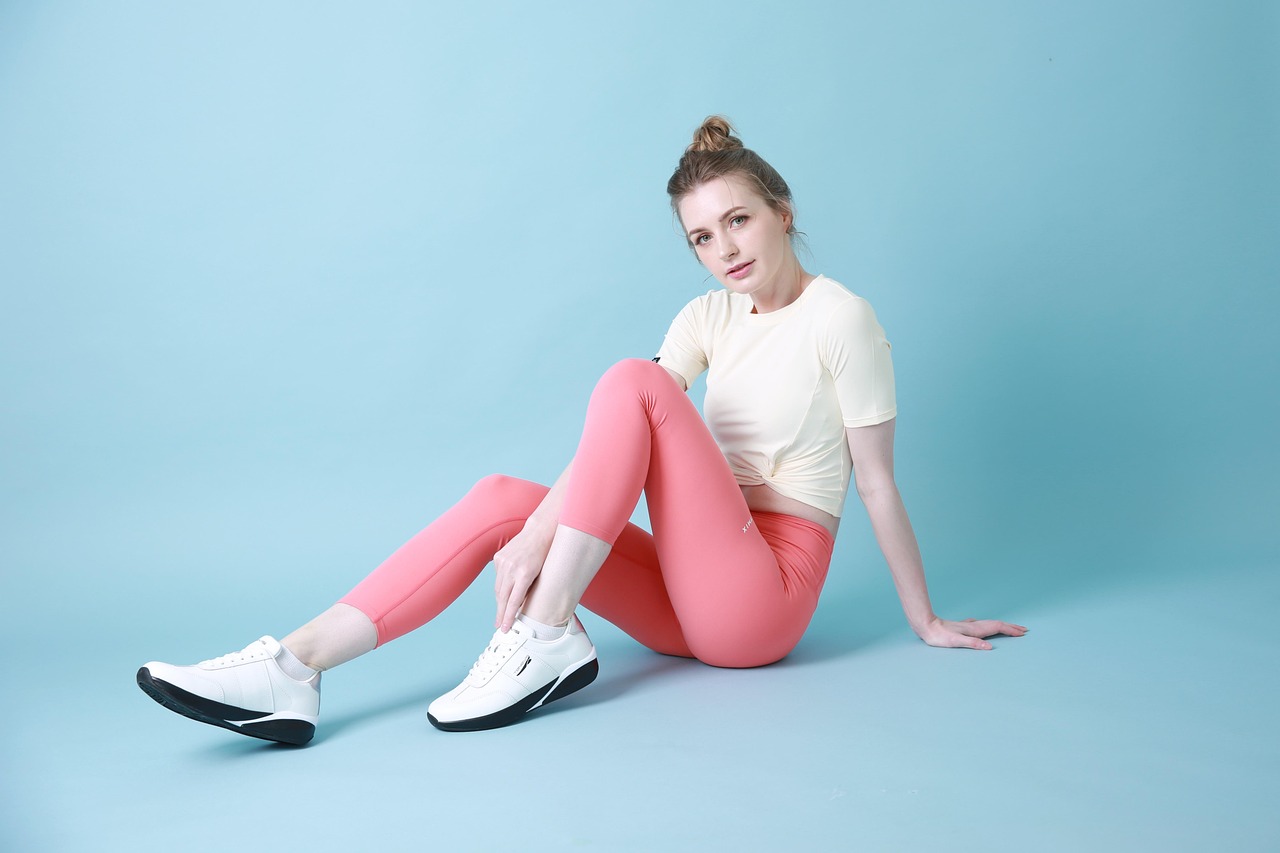
How Technology Is Shaping the Fashion Industry
Introduction: The Intersection of Technology and Fashion
Once upon a time, fashion was solely about fabrics, needles, and creativity. Fast forward to today, and it’s a dazzling playground where tech innovation meets style. Technology isn’t just influencing the fashion industry — it’s totally reinventing it! From AI-powered designs to virtual try-ons, the runway now includes robots, apps, and algorithms. So, how exactly is tech reshaping this glamorous world? Let’s dive in.
Smart Fabrics and Wearable Technology
What Are Smart Fabrics?
Imagine clothes that change color based on your mood or shirts that track your heartbeat. Sounds futuristic, right? Well, smart fabrics make it a reality! These materials have built-in digital components like sensors and conductive fibers that interact with the environment or your body.
Examples of Wearable Tech in Fashion
Think of the Levi’s Commuter Trucker Jacket designed with Google’s Project Jacquard, letting cyclists answer calls or control music by swiping their sleeve. Or fitness trackers embedded in sportswear. Wearable tech isn’t just functional—it’s becoming fashion-forward too.
3D Printing in Fashion Design
Customization and Creativity Unleashed
Remember building with LEGO bricks as a kid? That’s basically what 3D printing does for designers now. Instead of mass-producing identical pieces, 3D printing allows for bespoke creations tailored to individual preferences. Brands like Iris van Herpen are already stunning the world with intricate, gravity-defying dresses.
Sustainability Benefits of 3D Printing
Beyond the “wow” factor, 3D printing helps reduce waste. Only the necessary amount of material is used, trimming down the industry’s carbon footprint. It’s a win-win: designers get creative freedom and Mother Earth gets a little breather.
Virtual Reality (VR) and Augmented Reality (AR) in Fashion
Virtual Try-Ons: A Game Changer for Shopping
No more messy dressing rooms or endless returns. Thanks to AR, you can now try on clothes virtually at home. Brands like Gucci and Warby Parker offer AR apps that let you see how products look on you — without lifting a finger (okay, maybe just to tap your phone screen).

AR-Enhanced Fashion Shows and Events
Remember when runway shows were exclusive? Thanks to VR and AR, now anyone can “attend” a fashion show from anywhere in the world. Balenciaga even created a video game-style presentation for their fall collection!
Artificial Intelligence (AI) in Fashion
Trend Forecasting and Customer Personalization
AI isn’t just for robots; it’s predicting the next big fashion trend too. By analyzing social media trends, customer behavior, and purchasing patterns, AI helps brands stay ahead of the curve. Plus, it personalizes shopping experiences, recommending outfits you’ll actually love.
AI-Driven Design Processes
AI can even design clothing! Companies like The Fabricant use AI algorithms to create digital garments, pushing creative boundaries while saving time and resources.
E-Commerce and the Rise of Digital Fashion
The New Age of Online Shopping
Gone are the days of brick-and-mortar dependency. E-commerce platforms, powered by AI and AR, offer a seamless and often addictive shopping experience. Retailers like ASOS and Zara are masters at combining tech and style online.
Digital-Only Clothing Collections
Imagine buying a dress that only exists online. Sounds crazy? It’s happening! Brands like DressX and Tribute Brand are selling digital fashion—outfits you “wear” on Instagram. It’s sustainable, innovative, and oh-so-2025.
Sustainability Through Technology
Reducing Waste With Innovative Production Methods
Tech has empowered brands to adopt on-demand manufacturing, drastically cutting overproduction. Tools like CLO 3D allow designers to create, adjust, and perfect designs virtually, minimizing sample waste.
Blockchain for Transparency in Supply Chains
Ever wondered if your “eco-friendly” sweater really is eco-friendly? Blockchain technology ensures transparency, letting consumers trace garments from raw materials to the retail rack. It’s trust, woven into fabric.
Robotics and Automation in Fashion Production
Faster, Smarter Manufacturing
Robots aren’t just sci-fi fantasies anymore; they’re sewing, cutting, and even designing. Brands like Adidas are pioneering “Speedfactories” where robotic arms churn out sneakers at lightning speed.
The Impact on Employment
Of course, automation raises concerns. Jobs traditionally done by human hands are now performed by machines, sparking debates about the future of fashion labor.
Social Media, Influencers, and Technology-Driven Marketing
The Rise of Virtual Influencers
Move over, Kardashians—virtual influencers like Lil Miquela are taking over. They’re digital creations, but with real influence, endorsing products, setting trends, and capturing imaginations.
Challenges Technology Brings to the Fashion Industry
Data Privacy and Ethical Concerns
Collecting consumer data enhances shopping experiences but also raises big questions about privacy. Where’s the line between helpful and creepy? Brands must tread carefully.
Digital Divide and Accessibility Issues
As tech dazzles the industry, it also risks leaving behind those without access. Ensuring inclusivity is crucial as fashion’s digital evolution marches forward.
The Future of Fashion Technology
If you think fashion tech is exciting now, wait until AI-generated personal stylists or self-cleaning clothes become mainstream. The future holds endless possibilities, blending creativity with cutting-edge innovation.
Conclusion
Technology isn’t just a sidekick to fashion anymore — it’s a lead character. From 3D-printed dresses to AI-predicted trends, tech is reshaping the way we design, produce, sell, and wear fashion. As innovation continues to push boundaries, the industry’s future looks smarter, more sustainable, and surprisingly stylish. One thing’s for sure: fashion and tech are the new power couple, and their love story is just getting started.
FAQs
Q1: How does AI influence fashion design?
AI helps designers by analyzing trends, creating virtual samples, predicting consumer preferences, and even generating entire designs based on algorithmic creativity.
Q2: What are some examples of smart fabrics?
Examples include fabrics that monitor vital signs, regulate temperature, and even fabrics that change color based on external stimuli like light or heat.
Q3: How is 3D printing making fashion more sustainable?
By using only necessary materials and reducing waste from traditional manufacturing processes, 3D printing offers an eco-friendly approach to fashion production.
Q4: What is digital-only fashion?
Digital-only fashion refers to garments that exist solely in virtual spaces, often worn for social media posts or digital experiences, reducing the need for physical production.
Q5: What are the challenges of integrating technology into fashion?
Some major challenges include data privacy issues, ethical concerns around automation replacing jobs, and ensuring that innovation is accessible to everyone, not just the tech-savvy elite.




